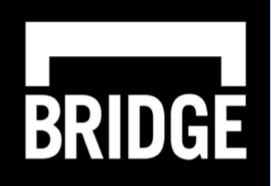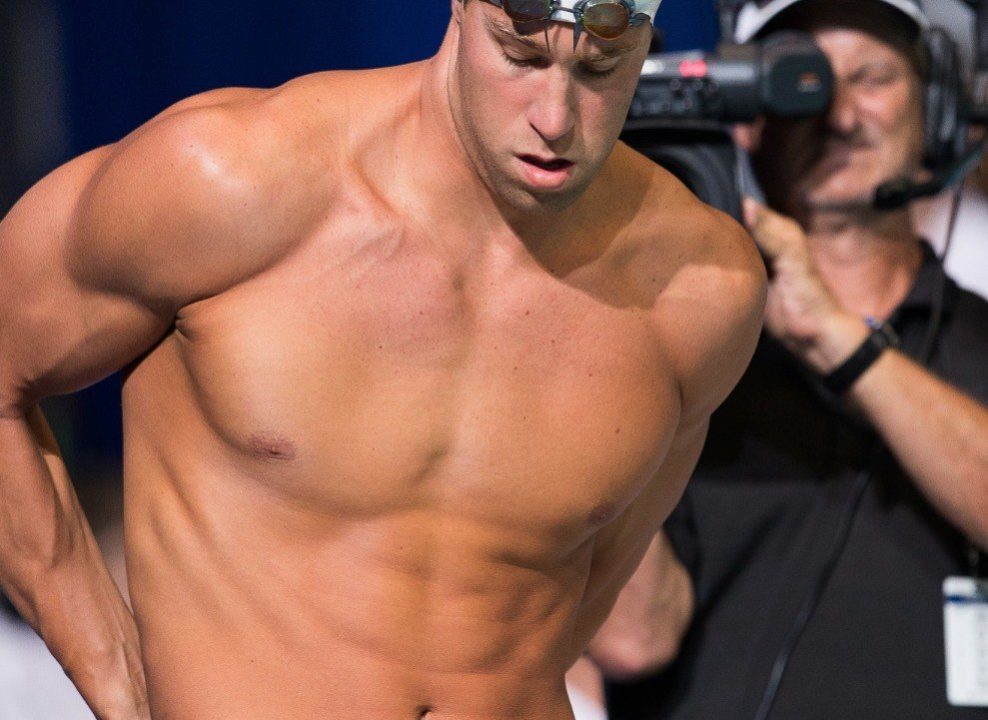Swimmers use their core in every part of a race—from the propulsive undulation of dolphin kicking to the quick change of direction on a turn. Maintaining a strong core is an important part of the athlete’s strength training. However, this is only as helpful so long as the core is actively engaged on any given exercise or movement. Let’s discuss how to get your core working when you need it.
1. Strengthen your Whole Core
This may sound intuitive, but athletes often target only part of their whole core. The core is made up of several muscles in the abdominal trunk, including muscles in the mid and low back, hips, belly area, and even shoulders and chest. Make sure your core exercises are varied in style by going through different functional movements. Some exercises can be done with repetitions, whereas others can use a static hold like a plank to strengthen the core. In addition to building your six-pack, focusing on different areas will reveal your weak spots and improve your overall abdominal stability.
2. Remember to Turn your Core On
We are familiar with the concept of muscle memory—the more you do something, the more automatic it will become as your muscles adapt to the movement. Having a strong core is a good start, but learning to engage it during an exercise is altogether different. A lot of core exercises can be done without truly pulling your abdomen in tightly, and this pattern leads to a lack of tension in the body while swimming. Instead, the athlete must focus hard to squeeze the abdominal muscles on any given core exercise. Even with other exercises, such as a squat or a push-up, remember to tighten your core. It is involved in nearly every functional movement, so you’ll have plenty of practice until engaging your abdomen becomes automatic.
3. Work your Core Everyday
The variety of ways to work your core is virtually limitless. With so many exercises, it should be simple to integrate into your strength and conditioning on a daily basis. The abdominal muscles recover the quickest, so having some core element to your training regularly will not place a huge demand on your body. In return, your swimming efficiency and power will improve greatly as you transfer energy more effectively during each stroke. Additionally, you can target your core in the pool by doing all your kicking on your back. Dolphin kicking with a small dumbbell in your hands (in a streamline) is another great way to strengthen your core in the water. Ask yourself if you are taking full advantage of your core strength. Use these themes when designing and executing core training, and the strength you build will translate to faster, more efficient swimming. 
About BridgeAthletic
 BridgeAthletic works with elite professional, collegiate, and club swimming programs to provide a turnkey solution for dryland training. Led by Nick Folker, the top swimming strength and conditioning coach in the world, our team builds stroke-specific, custom-optimized dryland programs for each of our clients. The individualized workouts are delivered directly to athletes via our state of the art technology platform and mobile applications. Check Nick and BridgeAthletic out as recently featured in SwimSwam.
BridgeAthletic works with elite professional, collegiate, and club swimming programs to provide a turnkey solution for dryland training. Led by Nick Folker, the top swimming strength and conditioning coach in the world, our team builds stroke-specific, custom-optimized dryland programs for each of our clients. The individualized workouts are delivered directly to athletes via our state of the art technology platform and mobile applications. Check Nick and BridgeAthletic out as recently featured in SwimSwam.
 Nick Folker is the Co-Founder and Director of Elite Performance at BridgeAthletic. Nick’s roster of athletes includes 35 Olympians winning 22 Olympic Medals, 7 team NCAA Championships and over 170 individual and relay NCAA championships. Megan Fischer-Colbrie works as the Sports Science Editor at BridgeAthletic. Megan was a four-year varsity swimmer at Stanford, where she recently graduated with a degree in Human Biology. The Championship Series by BridgeAthletic is designed to empower athletes with tips from the pros that will help them reach peak performance come race day. We will be covering competition-focused topics such as nutrition, recovery, stretching, and mental preparation.
Nick Folker is the Co-Founder and Director of Elite Performance at BridgeAthletic. Nick’s roster of athletes includes 35 Olympians winning 22 Olympic Medals, 7 team NCAA Championships and over 170 individual and relay NCAA championships. Megan Fischer-Colbrie works as the Sports Science Editor at BridgeAthletic. Megan was a four-year varsity swimmer at Stanford, where she recently graduated with a degree in Human Biology. The Championship Series by BridgeAthletic is designed to empower athletes with tips from the pros that will help them reach peak performance come race day. We will be covering competition-focused topics such as nutrition, recovery, stretching, and mental preparation.

Send me more